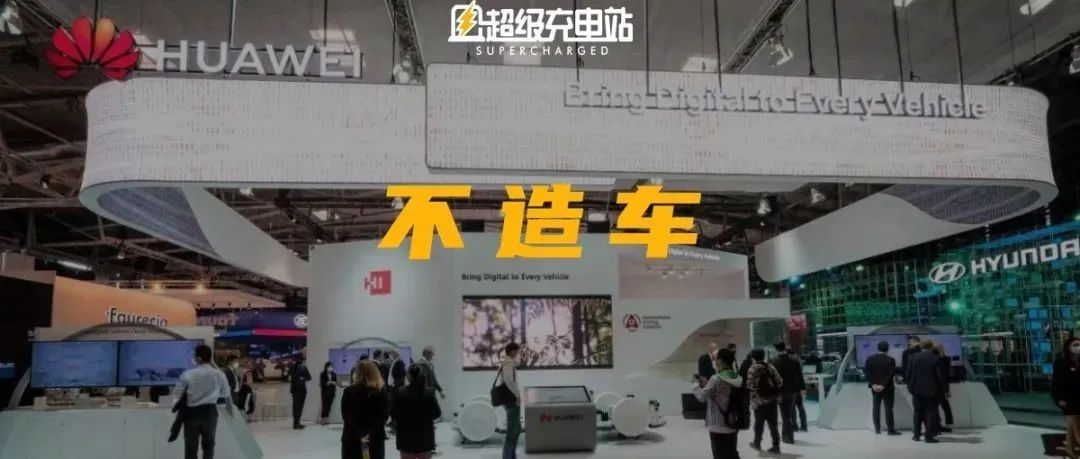Author: James Yang Jianwen
When it comes to Huawei, many people think of the next word as “car-making”.
The discussion about “whether Huawei will make cars” has been going on from the beginning of the year until the end of the year.
Accompanying this is Huawei’s repeated statements to the outside world: we don’t make cars.
Even this situation has intensified to the point where Huawei’s official will mention it without being asked by the media:
“As an incremental component supplier in the intelligent networked car field, Huawei does not make cars, focusing on ICT technology, with the goal of helping car companies build good cars.”
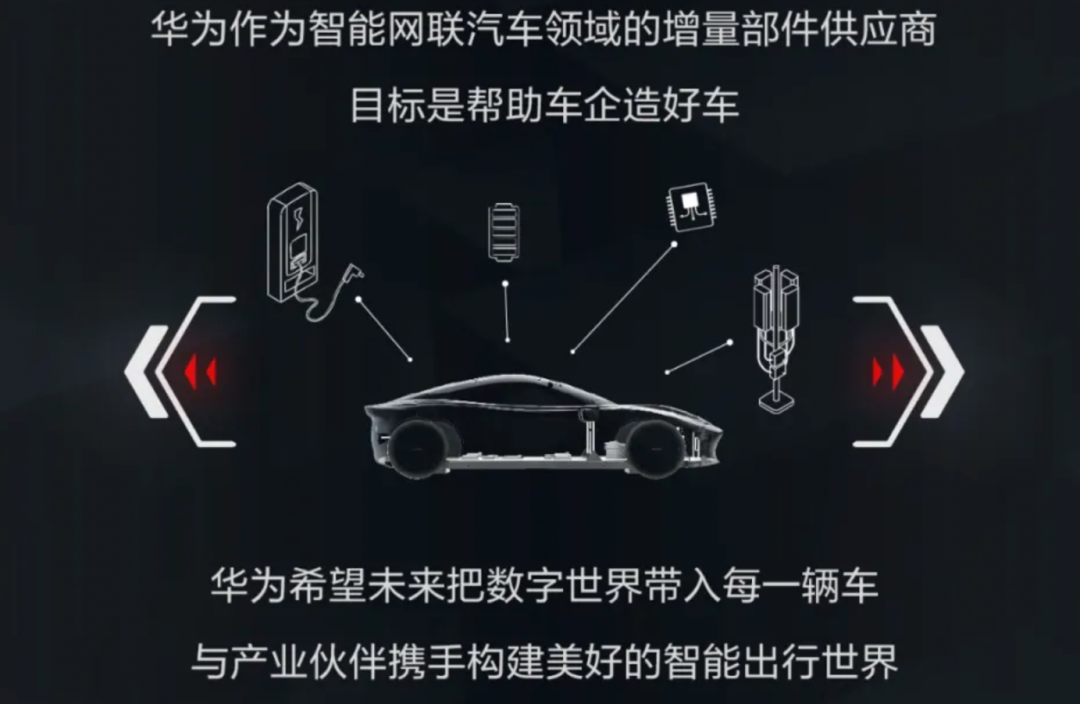
It is foreseeable that this situation will continue for a long time.
However, this time we are not here to argue about this point, but to see how Huawei can help car companies build better cars.
How can Huawei help car companies build better cars?
Before we start the article, let’s first understand Huawei’s cooperation with original equipment manufacturers (OEMs).
The most familiar to everyone should be the full-stack solution (i.e., Huawei Inside).

The second type is to provide platform-based services. Huawei will provide this platform-based product to OEMs, and then OEMs will find third-party partners or develop applications on their own.
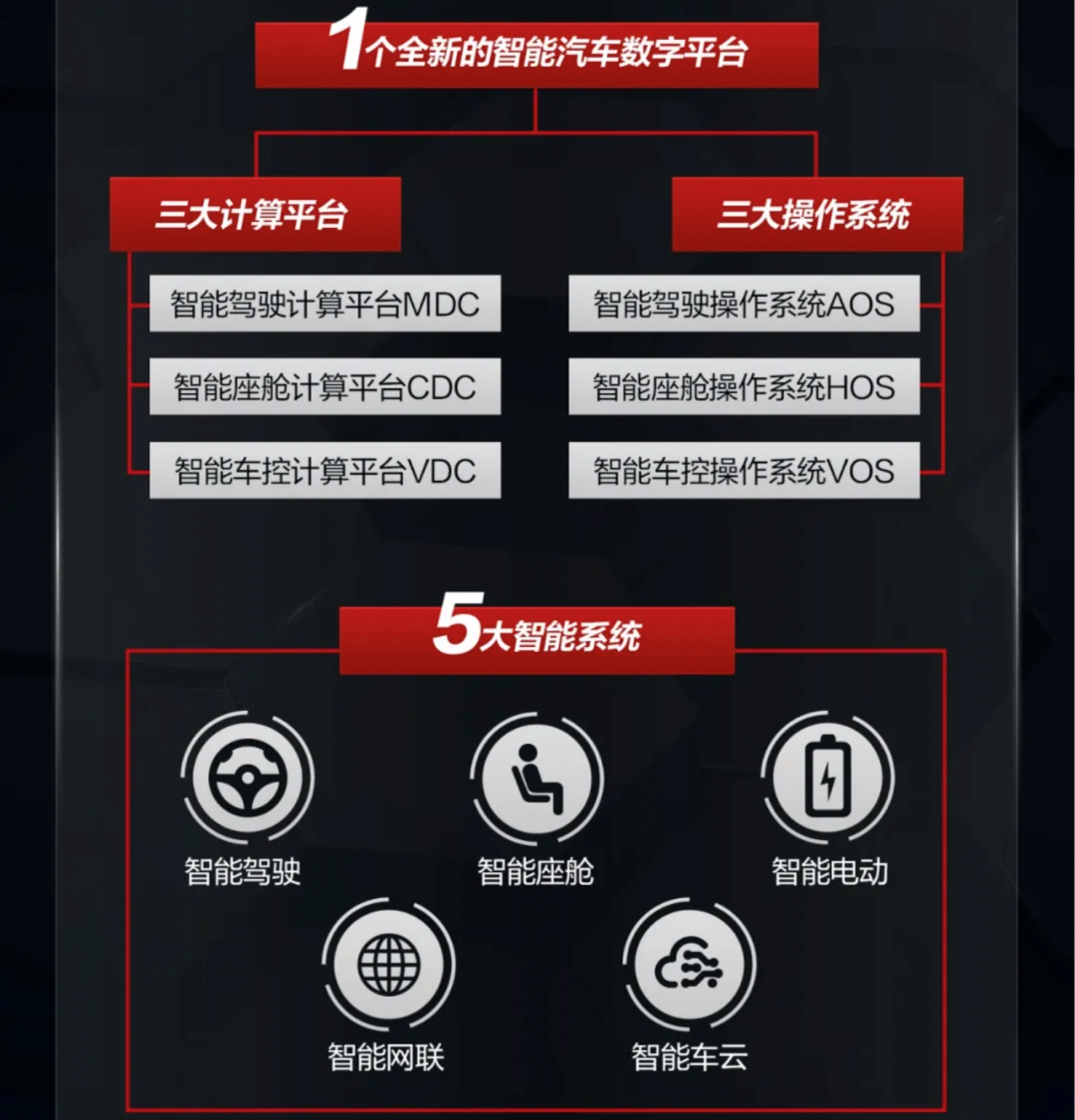
For example, the Changan Salon brand’s Mecha Dragon adopts the Huawei dual MDC configuration, but the algorithm is provided by another MDC algorithm partner.
In addition, Huawei can also do traditional Tier1 business and directly provide components to automakers, of course, all are “incremental” components. For example, LiDAR, AR-HUD:
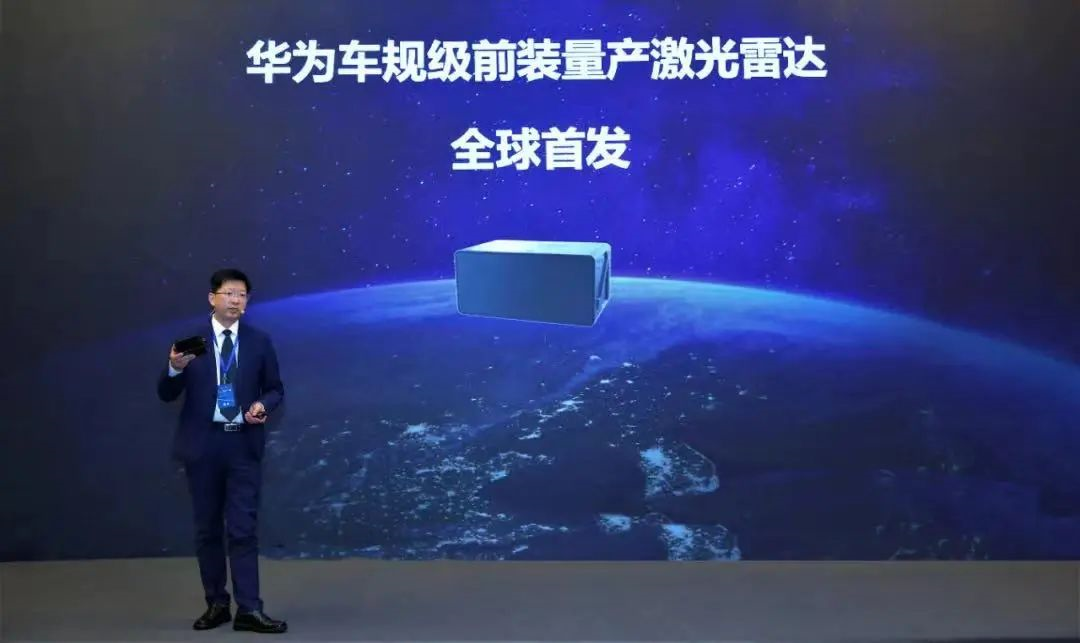
Here’s another example: RisingAuto Automotive’s R7 will be equipped with Huawei’s AR-HUD.
The three major ecosystems have taken shape
This time, Huawei has focused on building the ecosystem.
iDVP ecosystem
You can think of it as a layered and decoupled digital architecture. It includes computing and communication architecture CCA, in-vehicle operating system, multi-domain collaborative software framework HAS Core, and a complete vehicle-level tool chain.
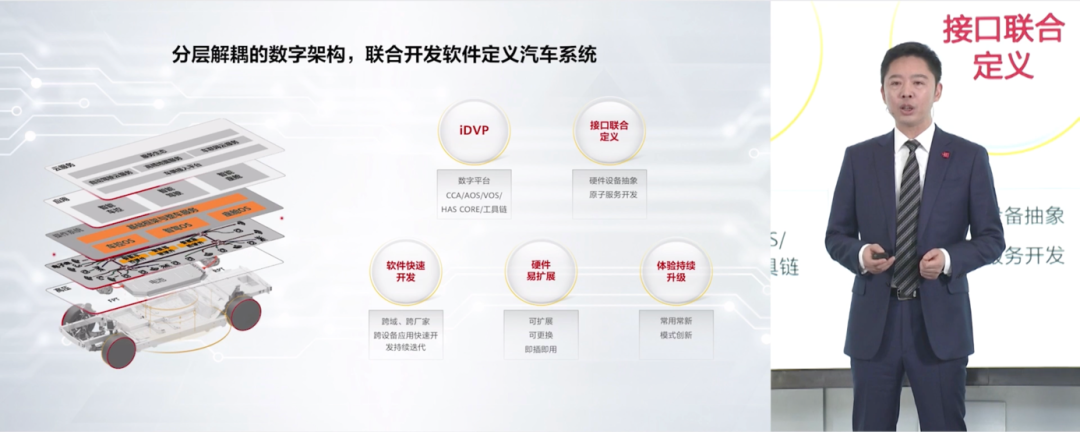 # Huawei and partners work together to define hardware and software interfaces, develop atomized services, achieve software and hardware layer decoupling, and interface standardization, reducing the difficulty of car manufacturers’ software development.
# Huawei and partners work together to define hardware and software interfaces, develop atomized services, achieve software and hardware layer decoupling, and interface standardization, reducing the difficulty of car manufacturers’ software development.
To illustrate this abstract concept, let’s take an example from December last year when the SDV working group of the China Association of Automobile Manufacturers was established. To date, over 70 companies have joined and more than 520 jointly-defined APIs have been successfully released in October this year.
As a member of the SDV, Huawei completed system pre-integration with 20 devices from 10 manufacturers based on standardized interface specifications. This brought benefits such as the one-button rest and welcome-mode developed by Huawei’s partners to typical multi-device linkage scenarios, increasing development efficiency by a factor of ten.
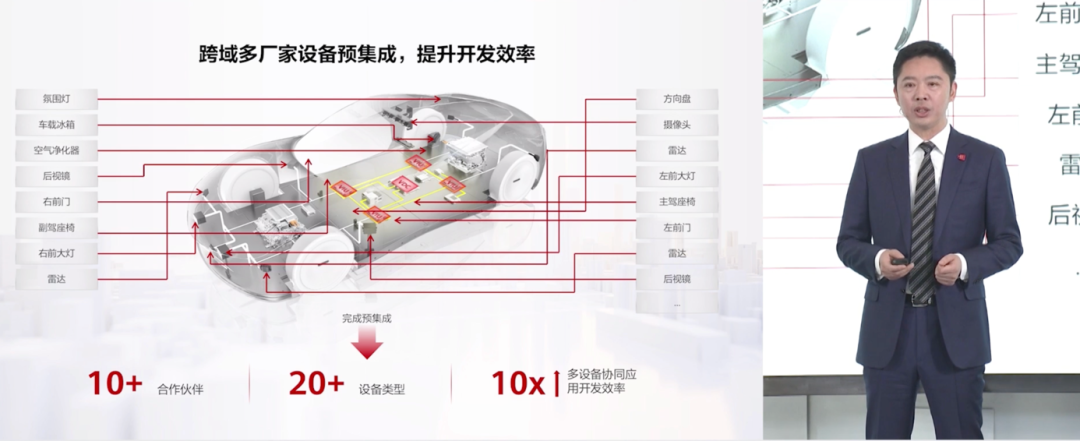
MDC Ecosystem
“As autonomous driving is a strategic high ground for automakers to win future competition,” said Wang Jun, COO of Huawei’s Intelligent Vehicle Solution BU and President of Intelligent Driving Solution Product Line.
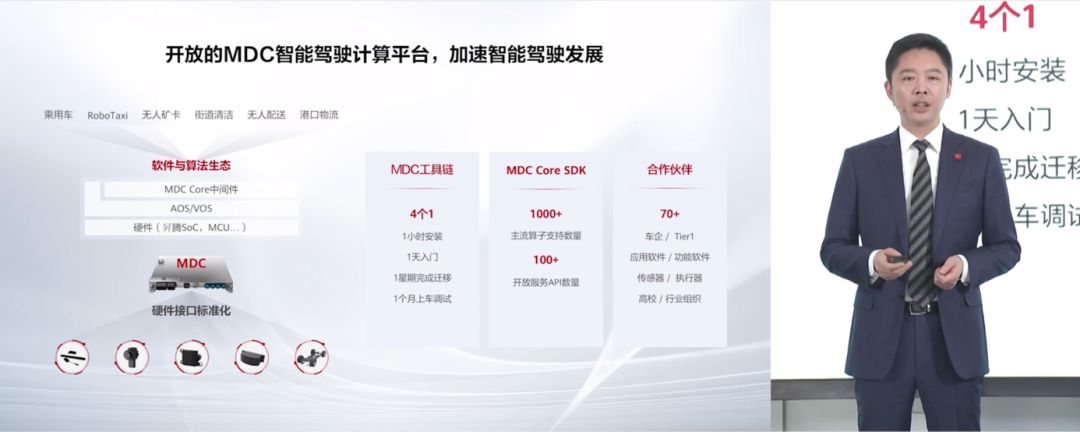
Huawei MDC intelligent driving computing platform provides developers with a full-coverage toolchain and rich SDK, supporting partners’ software development and porting while meeting the core requirements of intelligent driving applications for vehicle regulations and safety.
At the recently-concluded Guangzhou Auto Show, GAC Aion LX Plus and Great Wall Salon’s “Mech Dragon” both used Huawei MDC, marking the beginning of Huawei MDC’s ecosystem cooperation mode in the passenger car field.
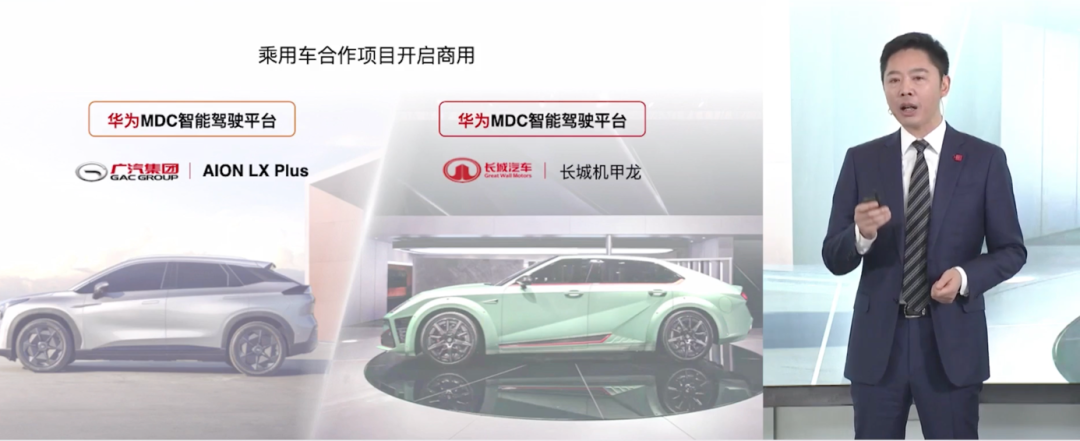
And there’s more. Xu Wei, Head of Intelligent Driving Technology Department of GAC Research and Development Institute, revealed that several strategic models based on Huawei MDC will be released in the next three years.
Regarding commercial vehicles, based on Huawei MDC and the car cloud service platform, Huawei and its partners have jointly built the horizontal transportation system in the smart port system in Tianjin. Compared with the automation transformation before, the safety risk is reduced while the overall operating efficiency is increased by 15%. The energy consumption of a single box load is decreased by 20%, and the comprehensive operating cost is reduced by 10%.
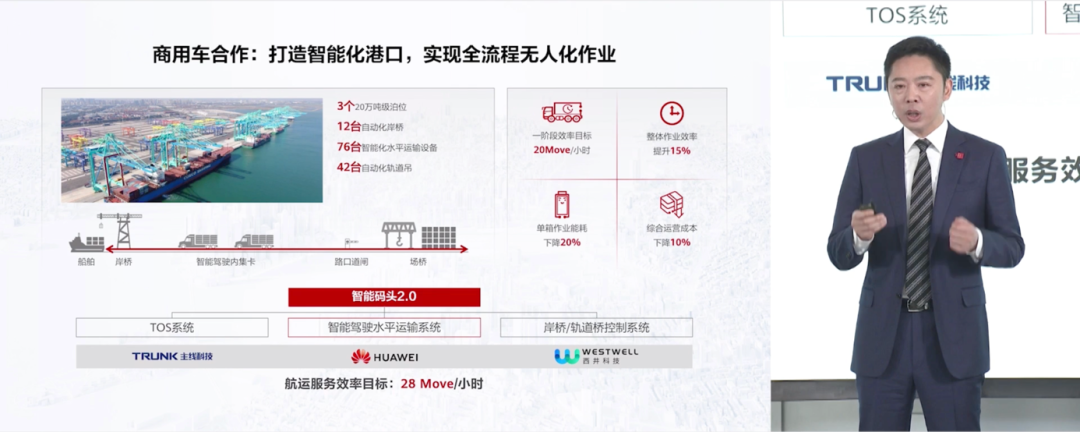
As can be seen, Huawei MDC has a wide range of applications.
Currently, over 70 partners have joined the MDC ecosystem, jointly promoting pilot and commercial use of intelligent driving scenarios in passenger cars, ports, mining trucks, industrial parks, and other fields.### HarmonyOS Smart Cockpit Ecology
The smart cockpit is also a key focus of Huawei’s efforts.
Huawei is building a smart cockpit ecosystem around the HarmonyOS car operating system.
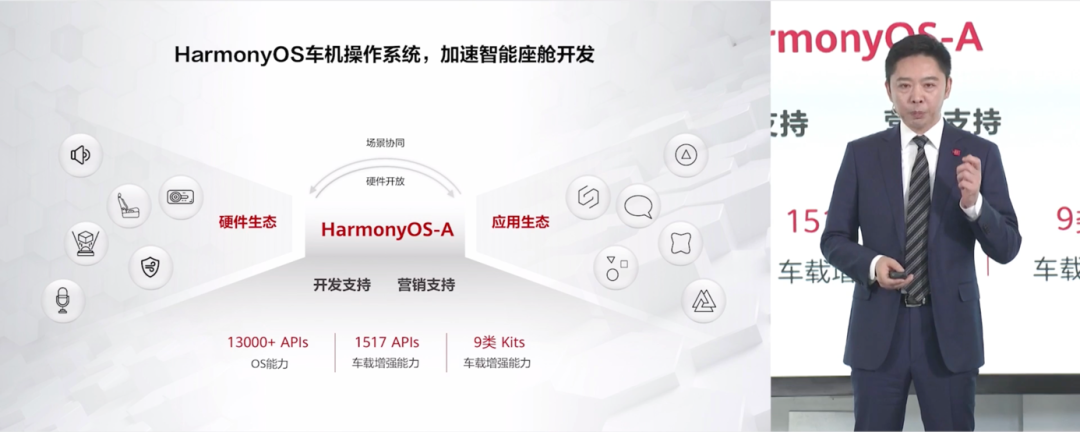
Specifically, on the HarmonyOS operating system, Huawei has incrementally developed nine categories of in-vehicle enhancement capabilities, opened up 1,517 in-vehicle business APIs, more than 13,000 HarmonyOS APIs, and provided comprehensive open tools and technical support to reduce the integration and development difficulties of cockpit systems and help partners develop and migrate applications quickly.
Based on the HarmonyOS car operating system, Huawei has already established partnerships with more than 150 software and hardware partners.
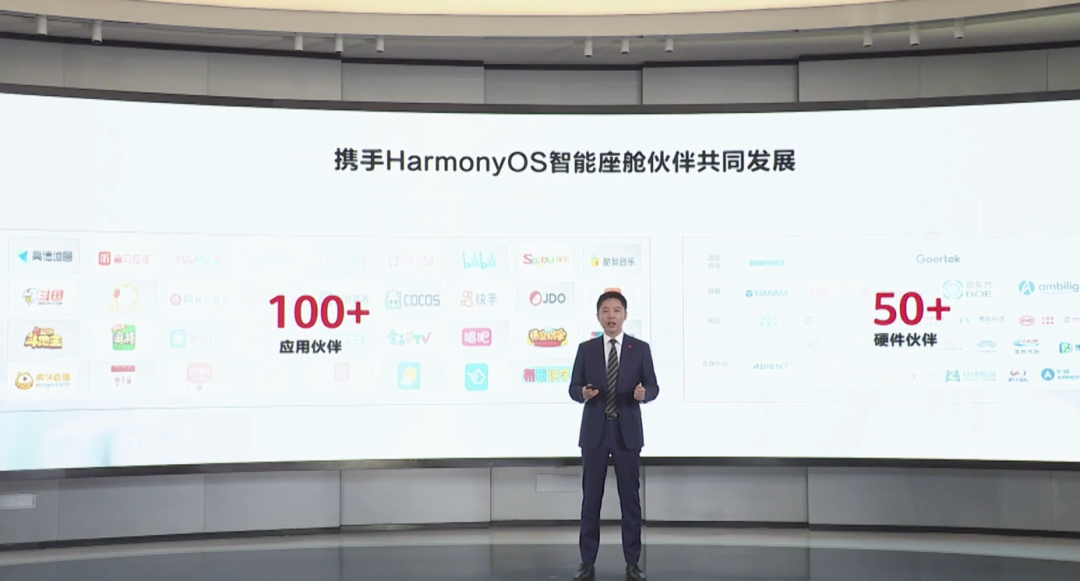
Huawei’s Next Big Move
Through this press conference, you can see that Huawei is “changing.”
Previously, Huawei’s style was “doing everything on its own,” but now Huawei is learning to embrace more partners and make the smart car industry cake together.
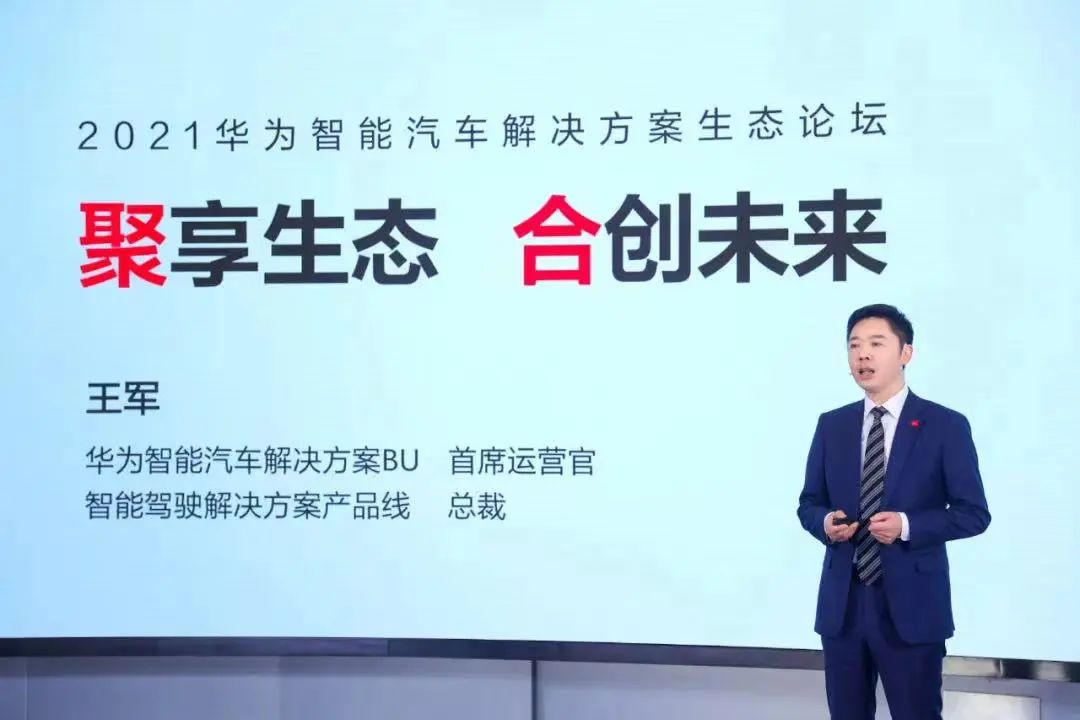
This move is really smart.
Many people may not understand the benefits of building an ecosystem.
Taking Huawei’s Smart Cockpit Ecosystem as an example, traditional seats may only be able to meet the basic demand of “comfortable sitting,” but under the concept of HarmonyOS ecosystem integration, seats can be connected to HarmonyOS’ Healthkit and become smart health monitoring seats, providing users with more comprehensive health advice. The more devices that can be linked, the better the cockpit user experience will be, and the stronger the competitiveness.
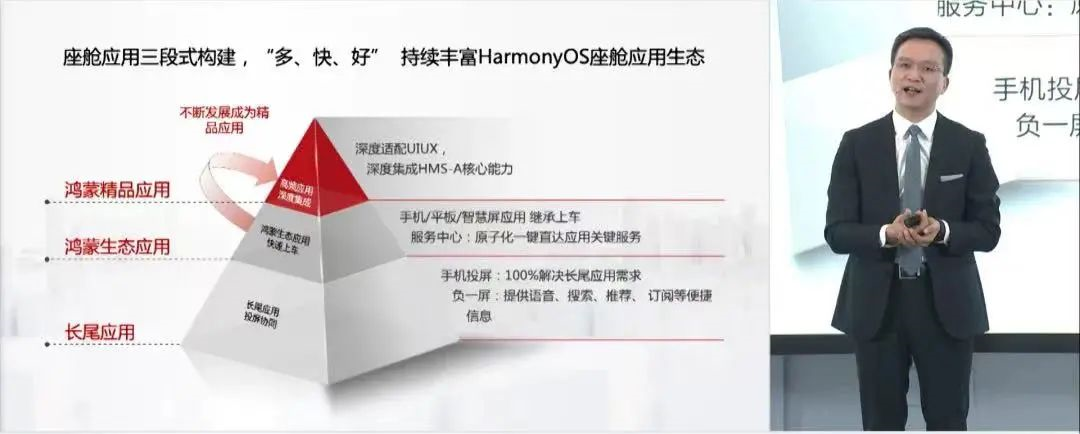
Wang Jun said that in Huawei’s latest cockpit demo vehicle, partner in-vehicle panoramic sunroofs, electronic rearview mirrors, holographic projections, steering systems, and smart health seats have been deployed.
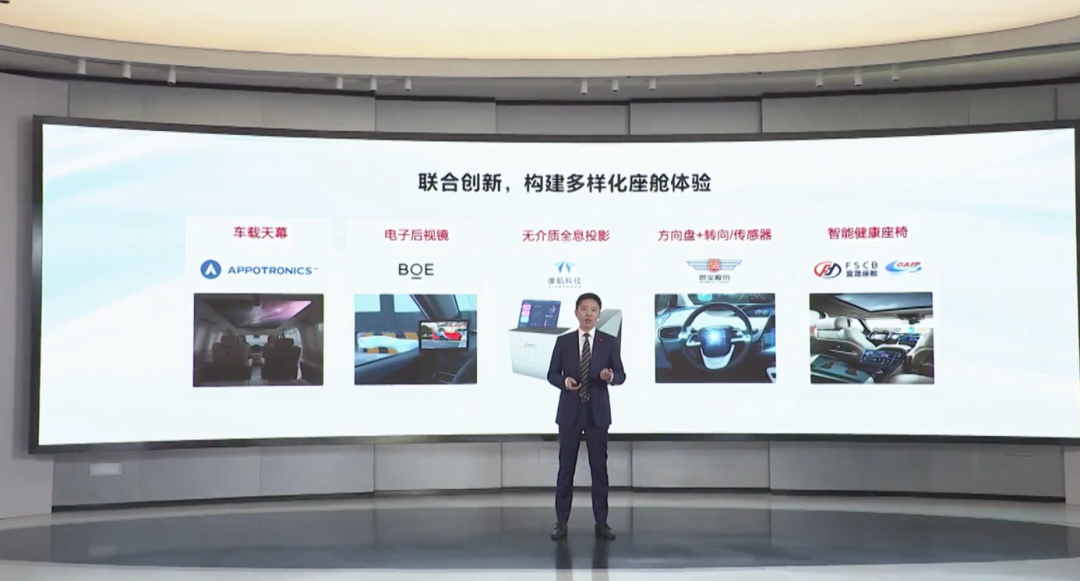
I really want to experience it.
Overall, as more and more partners gather in Huawei’s smart ecosystem, the platform will become more user-friendly and more competitive.
And this is exactly what Huawei wants to see.# Huawei Held a Thank You Event for Outstanding Partners of 2021 Huawei Smart Car Solution
On the morning of this forum, Huawei held a special event to express thanks to more than 50 partners who made outstanding contributions to the 2021 Huawei Smart Car Solution. This move also hinted at other players in the industry who were observing: “Look, this is a typical sample of cooperation with us.”
Currently, Huawei’s Smart Car ecosystem only has 300 partners. What will it be like to develop to 3,000 or 30,000 partners in the future? I cannot imagine it, but I have a vague premonition that the Huawei that is doing ecology and openness is scarier than the Huawei that produces cars.
Finally, the last question comes: can Huawei become the “Bosch” in China? This is also the focus of everyone’s discussion.
I think it is too early to draw conclusions now. There is still much for Huawei to do.
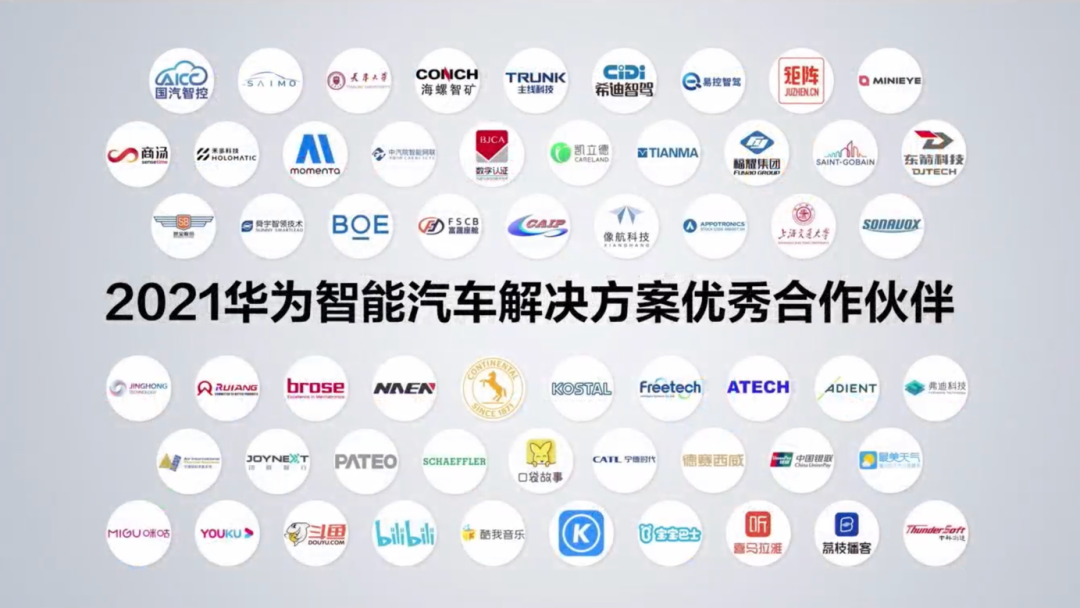
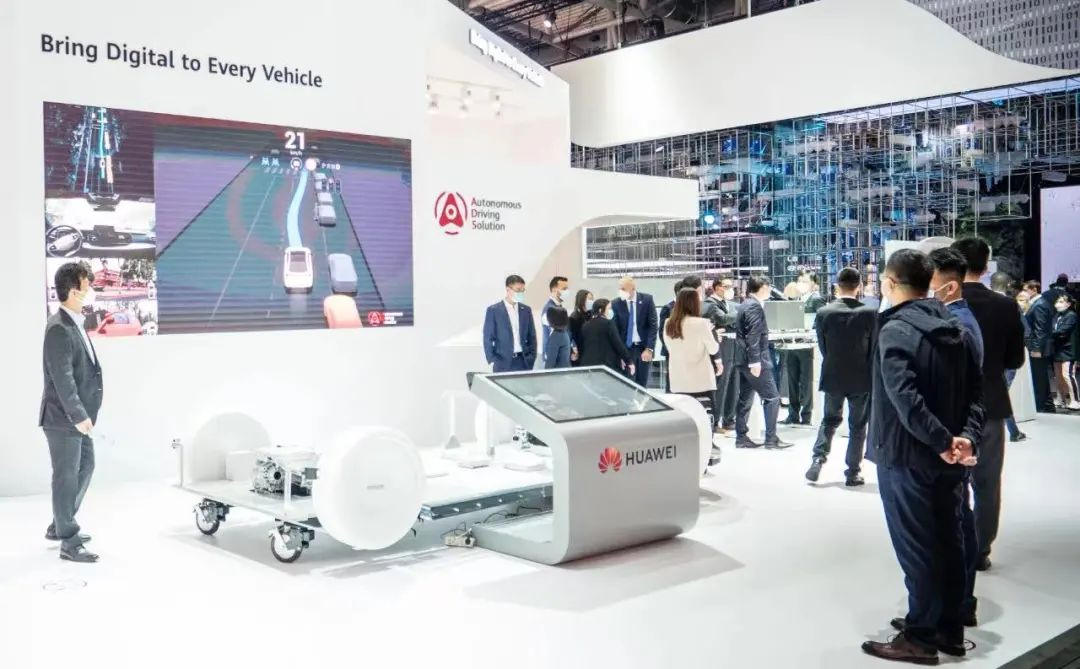
This article is a translation by ChatGPT of a Chinese report from 42HOW. If you have any questions about it, please email bd@42how.com.
